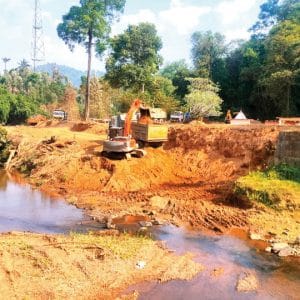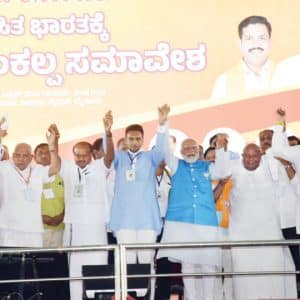By Dr. Devdutt Pattanaik – Author, Speaker, Illustrator, Mythologist
Hinduism can be divided into three major eras. Veda dominated 3,000 years ago, Vedanga dominated 2,000 years ago and Vedanta became central 1,000 years ago. These are approximations of course, but a good rule-of-thumb to remember Hindu history.
The Veda refers to a set of mantras that dominated the religious landscape of Gangetic plains 3,000 years ago. This is the age of painted grey pottery, when chariots came to India. A thousand years before that, the Harappan Bronze Age had drawn to an end. Trading with Mesopotamia had waned and the Aryans gradually began migrating towards the Ganga river basin from the Oxus river basin through the Indus river basin. Pastoral people were clearing forests and forming settled farming communities.
This is when there were no temples, there were no images, at least amongst the elite communities. This is when three fires were lit, the household fire in the west for family, the eastern fire for feeding gods and southern fire to feed ancestors. The gods and ancestors were invoked in order to ensure food, prosperity, health, wealth and success in battle, success with wives. Mantras were compiled as Samhitas; the rituals were codified in Brahmanas and Aranyakas; philosophy was compiled in Upanishads. Everything was transmitted orally by people called Brahmanas such as Brihaspati, Bhrigu, Angira, Vasishtha and Vishwamitra.
Two thousand years ago, the Vedic world faced a great crisis. The concept of Kalyug became very popular in literature giving rise to Puranic chronicles, where new gods such as Shiva and Vishnu become dominant, replacing old gods like Indra, Surya and Varuna. This marked three changes: mercantilism was on the rise, ascetic traditions of Buddhism and Jainism were becoming popular; new rulers were coming from the northwest: Sakas (Scythians), Pahlavas (Parthians), Yavanas (Indo-Greeks) and Kushans (Gui Shuang from the Chinese part of Central Asia).
The body of the Veda (Veda-anga) became critical for survival of the Brahmin community. This included texts related to language (etymology, phonetics, poetics, grammar), texts related to ritual measurement (Sulba-Sutra) and time measurement (Jyotish-Shastra), texts related to home rituals (Grihas-sutra), public rituals (Srauta-Sutra) and rites of passage (Dharma-shastra) for the four major communities (varna) of society.
This is when Veda attained supernatural status — it was not composed by men, it was revealed by gods to man. Brahmins presented themselves as experts (shastri) different from rishis, who communicated with gods. This was the age of Manu and Kautilya; the age when water and flowers became part of ritual mainstream.
Vedanga seems to have emerged in the middle part of India that is in the Narmada region, which divides North and South India. By the end of the Vedanga period, Hinduism through its Brahmins reached the coasts of India. In other words, the whole of India was now familiar with the Brahmin way which provides kings the tools of kingship.
From about a thousand years ago, Vedanta started becoming increasingly dominant, as people moved away from all kinds of ritualism, as India came increasingly in control of iconoclastic rulers, first Muslims then Portuguese and British. Vedanta’s popularity today owes itself to Brahmins from the South: Adi Shankaracharya from Chera desha, Ramanuja from Tamil desha, Madhwa from Karnataka desha, Vallabha from Andhra desha, Chaitanya from Vanga-Kalinga desha.
Unlike Vedanga which was championed by householders, Vedanta was championed by celibate ascetic Hindu monks, who had supplanted Buddhist monks. If Vedanga was about the body (anga) of the Veda, Vedanta was like the inside (antara) of the Veda, the final learning. Vedanta gave Vedic validation to bhakti movements, folk rituals and temple traditions. In colonial times, it formed a common intellectual. foundation for Hindu thought.








Recent Comments